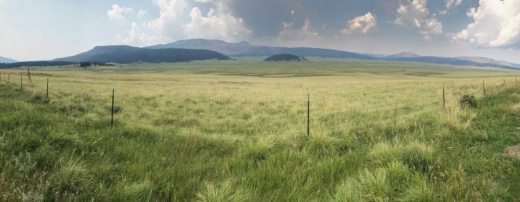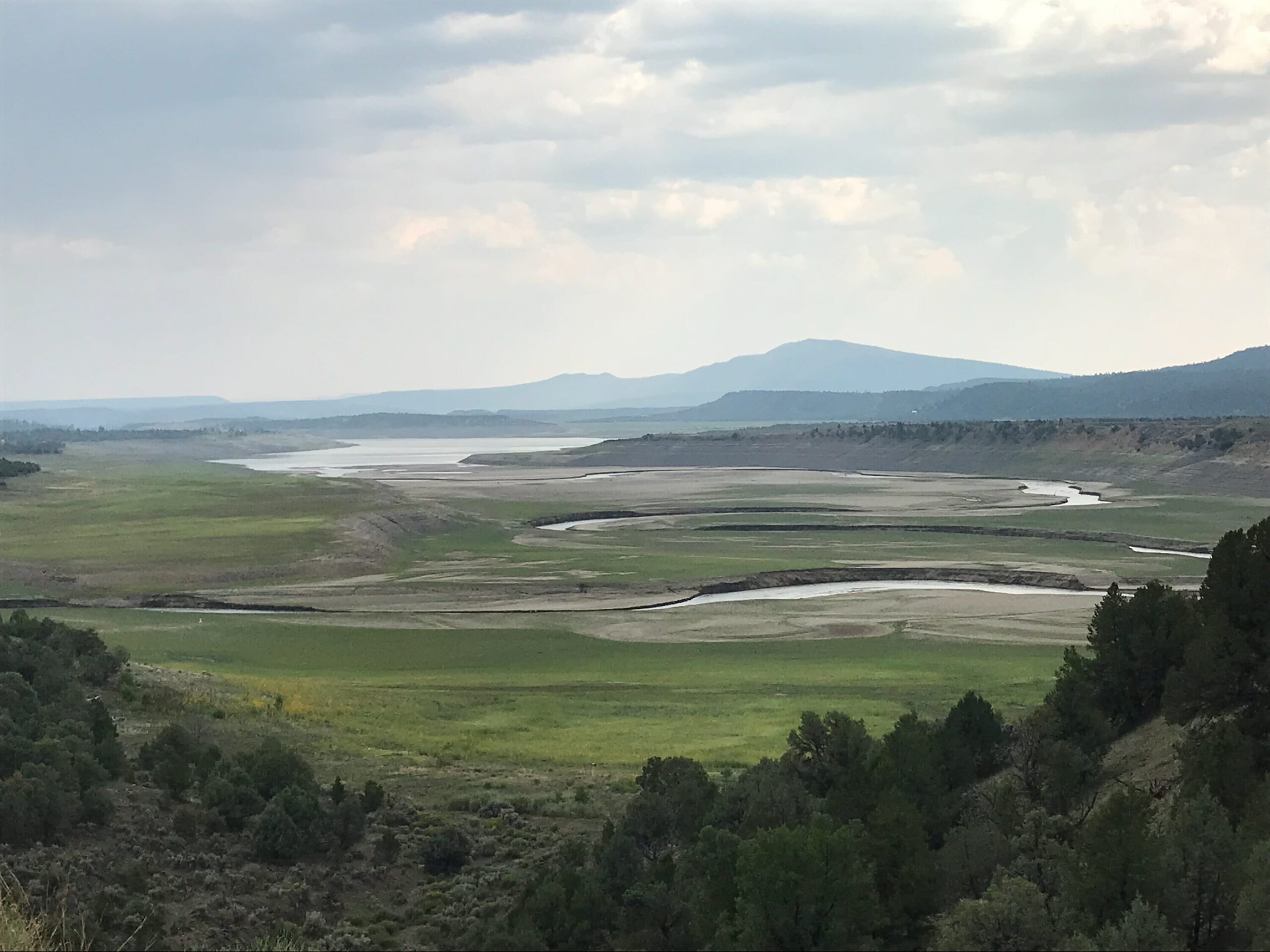By Toner Mitchell
The four-day gathering was a professional development course for secondary school teachers, its mission to explore the nexus of fly fishing, religion and philosophy, and how the re
sulting ferment might motivate resource conservation in anglers (and students). We discussed several texts, some Thoreau, a PhD thesis arguing that fly fishing naturally develops conservation instincts, and a piece about why the outdoor recreation boom might not be as environmentally benign as we assume.
Our main focus, though, was David James Duncan’s The River Why, Gus Orviston’s journey from his fly fishing obsession to spiritual awakening. I first read the book shortly after it was published, and much has changed since then. The popularity of fly fishing has exploded, and while some of the same environmental threats persist, others specific to outdoor recreation have arisen. Our heretofore dysfunctional yet functioning political system lies in ruins. Scarier still, when Duncan wrote his book, climate change was still a theory; today it’s effects are felt by everyone from Houston to France.
Though I felt blessed to be invited to spend even a moment among these inspiring and brilliant teachers, I only managed to attend half of their activities. I had previously committed to a conservation finance workshop sponsored by the Santa Fe National Forest over the same four days, during which agency and NGO participants discussed funding challenges associated with recreation, riparian restoration, and forest treatments. The Santa Fe estimates the cost of deferred maintenance of existing recreation assets – trails, campground, etc. – to be around $13 million. Meanwhile, incised and headcutting stream channels continue to impact riparian species and grazing allotments, and though USFS is able to thin and/or burn approximately 3,000 acres of forest annually, it knows it must shoot much higher if it hopes to limit catastrophic wildfire and return natural fire regimes to the Santa Fe.
I was lucky, it turns out, that these two events coincided, because though each had conservation as a focal point, any derived insights would lack the context provided by the other. How, for example, could a government agency implement the improvement of resources without an ever-growing body of conservationist stakeholders pushing it to act? How could such a body realize its objectives without funding? Being able to view both contexts at the same time gave me a clearer picture of where the religious and philosophical rubber meets the conservation road.
The teacher group finished its week with a trip to the Rio Chama, essentially the plumbing system for the cities and farms of the middle and lower Rio Grande. On the way, we passed through thousands of acres of bare land ravaged by wild and domestic ungulates, legacy logging and overgrazing, but mainly the historic drought that took a particularly greedy bite out of New Mexico this year. We fished below the Heron dam, which was releasing a big pulse of water and was unfishable. Fishing above the outlet, we encountered low and warm water due to upstream irrigation. We had fabulous dry fly fishing for carp, by the way, and retired to our lodge a happy bunch.

Earlier in the week, we fished the Pecos River, still a fantastic fishery in spite of its proximity to the urban populations of Santa Fe and Albuquerque and consequent user impacts (though its proximity to the Pecos Wilderness is certainly a mitigating force). I missed the day the group went to the Valles Caldera National Park and Preserve, fished the tiny San Antonio Creek, and produced a couple very respectable brown trout.
In its travels, the group encountered a host of conservation issues: water quality and quantity, wilderness and park protection, climate change (drought and floods), as well as user access and associated impacts both passive (trail erosion on the Pecos, goals to increase use on the Valles Caldera) and intentional (overharvest of fish, bankside litter, and discarded fishing line everywhere). In a religious/philosophical context, sometimes it’s easy to see the ethical line. Littering and poaching are bad. Overgrazing is bad. Dewatering streams is bad. Climate change – certainly an inspiration for theistic contemplations, not to mention fears of biblical wrath— is especially bad.
But sometimes it’s not so easy to see the line. Should we kick farmers or cattle off the land if we know that doing so will further imperil our rural communities? Will we restrict or regulate recreational access if we know that doing so might reduce our public land constituency? What, exactly, is conservation? What is it not? What is our religion, and what view does it take of those who believe and those who don’t?
The basic conclusion of the week was that we’re long on questions and short on answers, familiar territory for both people of the cloth and of the blackboard. Incidentally, I learned that the majority of our teacher group had seriously considered careers in the ministry before choosing education. Good teaching and preaching, one of them told me, draw from similar values. Engagement, exploration, sharing and stewardship, fertile ground for not only growing a flock, but moving it from mere belief towards practice.
Toner Mitchell is the New Mexico coordinator for Trout Unlimited.



